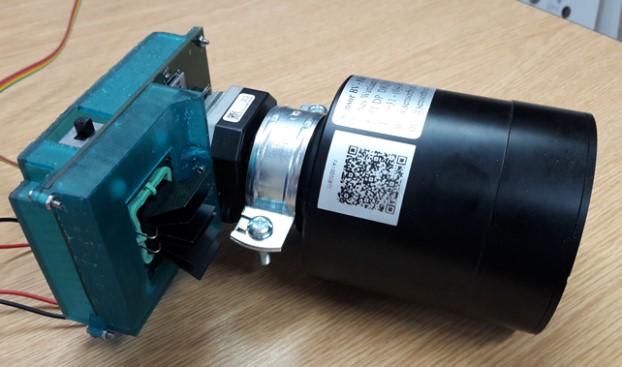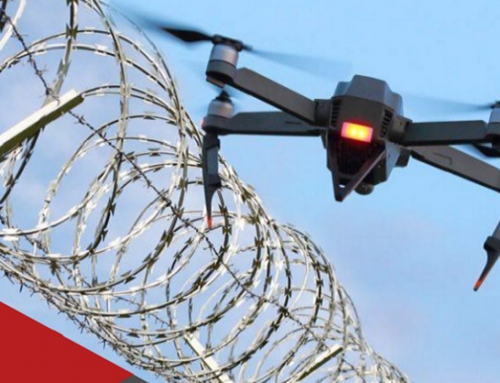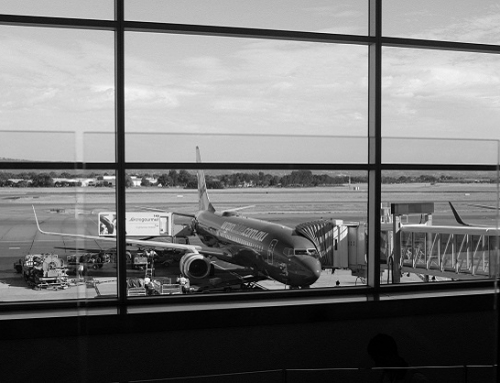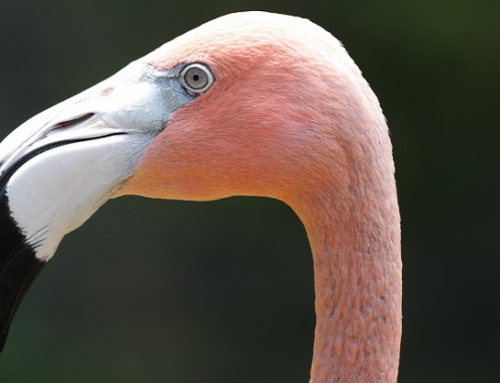
Over the past years hundreds of thousands of unmanned drones have filled the skies of the world including that of Malta. With so many drones buzzing around, it is to no surprise that last year the FAA said that there were 3.5 near misses between drones and manned aircraft. Will this see the end of drones or will technology save the day again? A local tech company, Hawk Aerospace, sought to tackle this question.
“We started investigating a solution for this back in 2013 which lead to the SAGRO Project initiated back in 2015 through a collaboration with Idox Health (formerly 6pm) and the Institute of Aerospace Technologies of the University of Malta, which project was funded through the MCST National Research & Innovation scheme” reported Roger Archer COO of Hawk Aerospace. “The aim of this project was to develop technology that could ‘sense and avoid’ collisions between drones and manned aircraft.”
Sense and avoid is a term used for technologies that combine the use of advanced sensors such as cameras, lidar and radar to allow a drone to detect manned aircraft (that may be on collision course) and take evasive action to avoid them. This high-tech project was completely designed, built, and developed in Malta where it involved the expertise and services of Maltese personnel.
Hawk was mainly involved in providing design input based on its aviation/drone expertise as well as the flight testing. Idox Health handled the development of the core software whilst the consortium also had the expertise of the Institute of Aerospace Technologies who built the two of the on-board sensors. components of the SAGRO technology. Once the first prototype was created, ground testing of the SAGRO sense and avoid technology commenced. Once successful results were obtained from the ground tests, it was time to test whether the system would work in mid-air.Roger Archer continued by saying that “The main achievements from this project is that the system could detect, classify and track obstacles in real time from the drone itself.” The project took two years to complete due to the complexity of the system and its objectives.
“For the aerial testing first, we used we collaborated with a local manned aircraft company, Malta Wings. We loaded the SAGRO technology on board a Cessna 172N and flew side by side with their Tecnam P.2006T. The aim of the aerial tests was to provide a safe environment where the SAGRO technology would be able to detect the threat, identify its location and distance. After several tests, the technology proved its ability to detect the threats and provide information to the pilot.
Once safe aerial testing was achieved, the project looked at testing this technology on an actual drone. The SAGRO was loaded on one of Hawk’s drones, the HRV-06, to initiate the drone testing. Through a series of tests, we were able to obtain significant results that will allow us to take what was learnt and apply it in future product development.
The key value of this project was in the knowledge and expertise gained in building and developing sense and avoid technologies. Roger Archer argued that although such long-range technology is widely available for large manned aircraft, it is still generally unavailable for drones due to their size. For him, the project was a major challenge for the Maltese industry, but he was happy that in the end the consortium could engineer a solution.
Now the plan is to see how the SAGRO technology can be commercialized and this is where Hawk Aerospace will be taking an active role in further development towards making it ready for the marketplace such that it can be used on commercial drones. Roger Archer also hoped that this development will also help in making available new technology that can aid in avoiding potential collisions with manned aircraft.
The project was funded by the Malta Council for Science and Technology (MCST) through the National Research and Innovation Programme (Grant Agreement R&I-2013-042). The total funding of the project was around EUR 200,000 which served at developing high technologies through the collaboration of Maltese industry, government and academic organisations.





